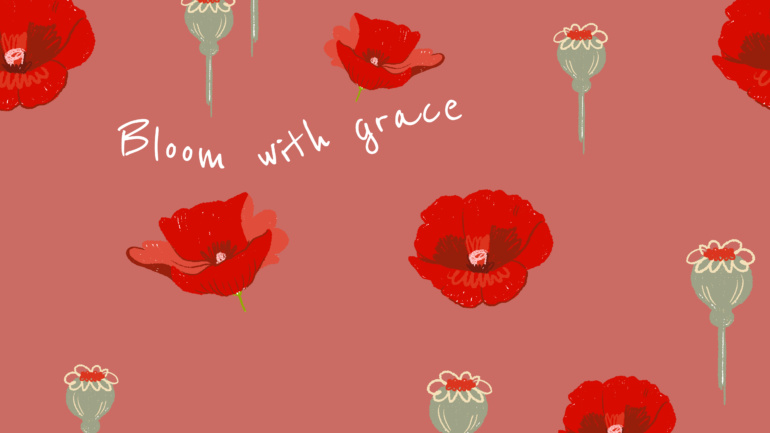Soyjak: The Meme We Love to Hate (But Can’t Stop Watching)
In the chaotic, ever-shifting world of internet memes, some are fleeting flashes of humor that disappear just as quickly as they arrive. Others, however, have the staying power of a cockroach at the end of the world—stubborn, persistent, and a little too relatable for comfort. Enter Soyjak.
If you’re even remotely familiar with internet culture (and let’s face it, if you’re reading this, you are), you’ve probably encountered Soyjak in one form or another. It’s the meme that perfectly encapsulates our generation’s collective neurosis, cringe, and unrelenting desire to watch others spiral into chaos. And let’s be honest: we love it.
What Is a Soyjak?
First, a little background. Soyjak is a variation of the Wojak meme—a classic internet image that has evolved in ways both baffling and beautiful. Originally, Wojak represented the everyman, an expression of existential dread and melancholy in a world that feels just a bit too heavy. Think of it as the meme version of a sad, middle-aged man sitting at a diner at 2 AM, wondering where it all went wrong.
Enter Soyjak, the Wojak meme’s more exaggerated, self-righteous, and, frankly, obnoxious cousin. Soyjak is usually depicted with a wide, gaping grin, sometimes with exaggerated features that emphasize a sense of smug satisfaction. He’s the internet’s embodiment of the guy who can’t stop telling you how much better he is than you, even as he chokes on his own sense of superiority.
The name “Soyjak” itself is a riff on the stereotype of the “soyboy”—a pejorative term used to describe a man who is perceived as weak, overly sensitive, or lacking in traditional masculine traits. The Soyjak meme, much like the “soyboy” stereotype, revels in this caricature of fragility and entitlement, making it both a target of ridicule and a symbol of internet culture’s fascination with self-awareness and over-the-top expressions of angst.
Soyjak Pointing: The Meme’s Infamous Highlight
If Soyjak were a film, “Soyjak Pointing” would be its iconic scene. Picture it: the image of a Soyjak, with his absurdly smug expression, dramatically pointing at something—often another character, an idea, or even the very concept of “you.” It’s as if he’s found something so “true” or “revealing” that it must be pointed at with all the force of a thousand internet philosophers.
This trope has taken on a life of its own. Soyjak pointing has become shorthand for smugness, a symbol of self-satisfied outrage over trivial matters. Want to critique a mainstream movie or complain about a pop culture trend? There’s a Soyjak for that. Want to make a grand gesture about how much you know, how much you understand, or how much better you are? Soyjak is there to point it out.
But here’s the thing: Soyjak doesn’t just represent smugness. It’s self-awareness on steroids. Soyjak is always pointing at something that might not even need pointing at. The meme embodies a generation that is constantly performing self-reflection but with a complete lack of humility. It’s the meme equivalent of “I know, right?”—only louder, in ALL CAPS, and with a side of existential dread.
Crying Soyjak: The Unlikely Heart of the Meme
If there’s one thing the internet loves, it’s a good twist on something familiar. And in the case of Soyjak, the twist is Crying Soyjak. This particular variant flips the script on the usual Soyjak bravado. Instead of the usual smugness, this version features a Soyjak who is on the brink of emotional collapse, weeping over whatever trivial internet injustice has crossed his path.
Why is this so compelling? Because, like all memes, it taps into something raw and universally relatable: the vulnerability we all try to hide behind our screens. Crying Soyjak is the meme version of “I’m fine,” followed by an emotional breakdown in the bathroom. It’s not just funny because it’s exaggerated—it’s funny because it’s true. We all, at some point, have gone from pointing and shouting into the void to realizing that maybe we’re just as lost as the next guy.
The Fascination with Soyjak: Why Can’t We Look Away?
In a way, Soyjak has become the ultimate mirror for internet culture: absurd, self-aware, and constantly teetering on the edge of full-on meltdown. It’s a reflection of our collective need to both mock and acknowledge the very things that make us uncomfortable about ourselves. The memes are funny because they’re exaggerated—yet the truth they reveal is not as far-fetched as we’d like to think.
There’s a certain catharsis in watching Soyjak point at the absurdities of the world. It’s like watching someone yell at their reflection in a funhouse mirror—it’s chaotic, it’s exaggerated, but it feels strangely familiar. And, as with all things internet, we can’t help but love it.
At the end of the day, Soyjak isn’t just a meme; it’s a lens through which we view the over-the-top absurdity of modern life. And while we may mock the character for being self-righteous, emotionally unstable, and painfully aware of his own shortcomings, there’s a part of us that secretly knows: we are all a little Soyjak, aren’t we?
In a world where everything is just a little too loud, a little too pointed, and a little too absurd, Soyjak is here to point it all out. And we can’t stop watching.


